
Fertilizer Industry News Roundup
The first global review of phosphate rock resources since 2010 has reported that technically recoverable reserves should last for more than 300 years.

The first global review of phosphate rock resources since 2010 has reported that technically recoverable reserves should last for more than 300 years.
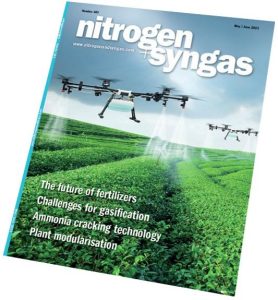
Last year, in the wake of Russia’s invasion of Ukraine and the associated disruption to fertilizer and grain exports from both countries, there were dire predictions of the impact upon global food supply. That the worst of these predictions have not so far come to pass is in no small part due to the deal brokered by the United Nations and Turkey in July 2022 to allow exports of grain and fertilizers from Black Sea ports. According to the UN, since last July, some 29.5 million tonnes of grain and foodstuffs have been exported from Ukraine via the Black Sea, including nearly 600,000 tonnes in World Food Programme vessels for aid operations in Afghanistan Ethiopia, Kenya, Somalia and Yemen. Before the war, Ukrainian grain fed the equivalent of up to 400 million people worldwide, and the deal ensured that Ukrainian grain exports ‘only’ fell by 5 million t/a over the past year.

Market Insight courtesy of Argus Media
A complete listing of all articles and news items that appeared in Fertilizer International during 2022

On March 20th this year, just as this issue was going to print, the UN Intergovernmental Panel on Climate Change (IPCC) issued its Synthesis Report, one of its 5-7 yearly comprehensive assessments of how the world’s climate is changing and what needs to be done to ameliorate it. In spite of all of the progress that has been made since the 5th Synthesis Report in 2017, the IPCC notes that: “the pace and scale of what has been done so far, and current plans, are insufficient to tackle climate change.” While the body believes that keeping warming to 1.5°C above pre-industrial levels is still possible, it is not likely unless work to decarbonise proceeds more rapidly. In particular, the IPCC suggests that CO2 and equivalent emissions need to fall by 43% by 2030 compared with 2019 values, and 60% by 2035 to achieve this goal.
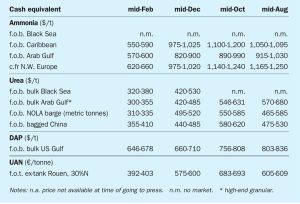
Market Insight courtesy of Argus Media
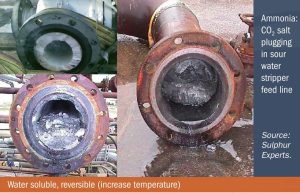
Gerald Bohme and Joe Brindle of Sulphur Experts Inc. combine new learnings, historical data, and recent onsite experience from operating companies to show what factors really impact ammonia plugging risk and what can be done to control them in order to allow for a wider operating range for SWS processing in the refinery SRU.

Following the success of VectorWalls™ in the reaction furnace of sulphur recovery units over many years, VectorWalls™ are now delivering similar benefits in SRU thermal incinerators. Uday N. Parekh of Blasch Precision Ceramics reports on the deployment of VectorWalls™ to improve the performance of the SRU thermal incinerator and provide benefits such as lower fuel gas consumption and lower CO2 emissions.
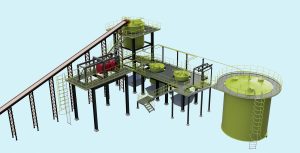
Mathijs Sijpkes, Nuria Pascual Vasco and Jan Hermans of Sulphurnet discuss the importance of a whole life cycle cost analysis at the conceptual design phase when making investment decisions about new sulphur processing facilities.
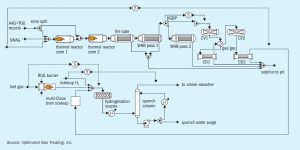
SO2 breakthroughs remain an ever present threat to the successful operation of reductive, quenchamine-based tail gas clean-up units (TGUs). Effects can range from mild and annoying to quite severe, including failure to comply with environmental permit regulations and refinery shutdown. G . Simon A. Weiland, Nathan A. Hatcher, Prashanth Chandran, Daryl Jensen, Ralph H. Weiland, Jeff Weinfeld of Optimized Gas Treating, Inc. and Michael Huffmaster , Consultant.